This post contains affiliate links. We earn commissions if you purchase products from retailers after clicking on a link from our site. As an Amazon Associate, we earn from qualifying purchases.
There are so many different symbols you’ll find in sheet music and it can be tough to keep track of which is which. Several of them look very similar to one another. I’m going to focus on all the s-shaped music symbols with diagrams and explanations of what they all do.
I’ll be going over:
Segno 𝄋
Segno means “sign” and is a marker symbol that can be used as a way to reuse certain sections of the song. Very similar to the Coda, where it is used in combination with another symbol to repeat certain sections of the song.
The Segno looks like a tilted S with a line going through it with a dot on either side. It’s like an S and a percent sign had a baby.
You could also say it’s the S-shaped music symbol with two dots.
The Segno is then used with other instructions, such as D.S al Fine, or D.S al Coda
Dal Segno, or D.S. means “from the sign“. al Fine means “to the end” and al Coda means “to the Coda”.
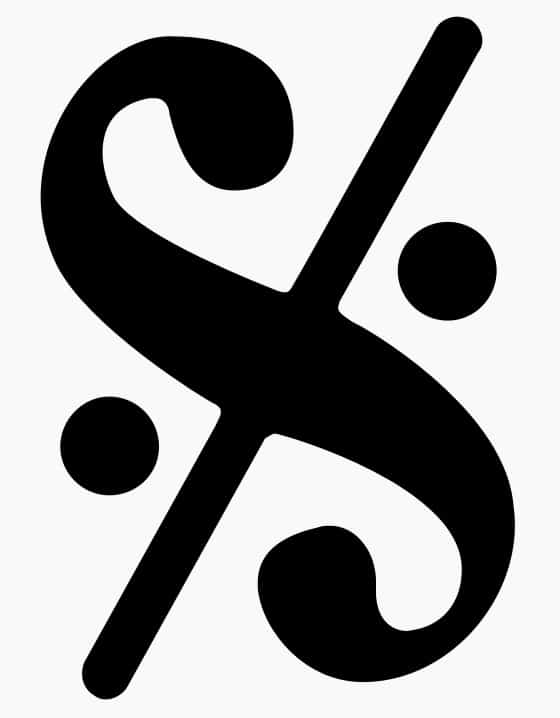
By the way, looking for recording equipment and musical instruments? Check out Sweetwater.com for microphones, monitors, audio interface or any other recording gear that you could ever need. (Affiliate Link)
So in a song with a Segno, as you are playing the music and you get to “D.S. al Fine“, it means to then go directly from the segno and then play the song all the way to the end.
Check out this example of the “D.S. al Fine” in action:

This same idea applies to D.S. al Coda, except instead of playing to the end of the song, you end the song once you reach the Coda.
Segno Variation
A variation you may see of the Segno looks like this:
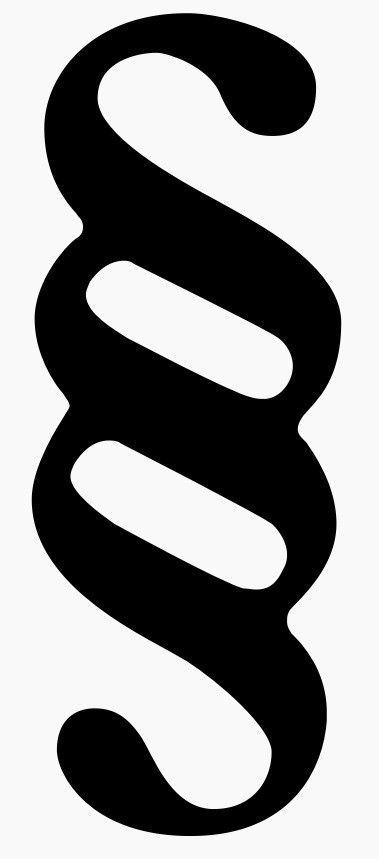
The segno variation resembles an S with an 8 in the middle of it.
This segno variation may be above the music script or may even be in line with the music. It’s rarely used and you probably won’t see it.
Turn; aka Gruppetto 𝆗
The turn, also called a Gruppetto, is an ornamentation symbol that when placed above a note in sheet music tells the player to play a few extra notes.
The turn resembles a sideways S in a mirror.

How is a Turn played? Well, it’s actually pretty interesting. Check out this bit of sheet music:

Now, here’s an example of what a turn might sound like:
The symbol of the gruppetto itself actually is a clue of how it is played. I show a diagram showing how you can see a turn and know exactly how to play it without having to look it up in my other article here. Make sure to check it out.
Inverted Turn/Gruppetto 𝆘 or 𝆙
The inverted turn, also called an inverted gruppetto, behaves very similarly to a regular Turn/Gruppetto.
The inverted turn resembles an S on its side–sometimes it has a line through it.

However, instead of starting on a note above the marked note, you start on the note below and go up and then down again. Typing it out sounds silly so I’ll just show you:
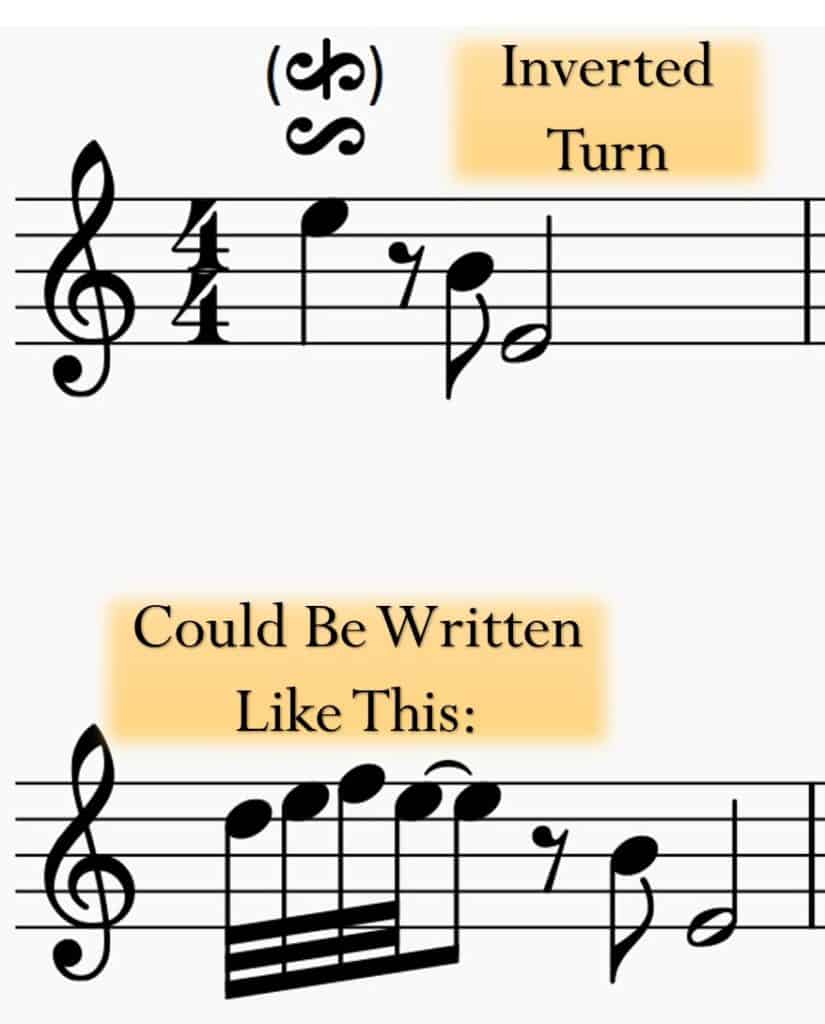
And then here’s an example of what an inverted turn might sound like:
If you want to see more in-depth information as well as tips to remember how the inverted turn works, make sure and check out my page here to see more in-depth information about it.
Mordents
A mordent is a sort of mini-trill. Meant for the player to very quickly play the note above the marked note or below the marked note depending on the type of mordent.
The mordent kinda looks like a poky S on its side. Sometimes a mordent can look more or less wavy depending on the sheet music style.
This is what a Mordent looks like in sheet music:

And then this is what these mordents sound like:
Now the mordents don’t stop there, there are several other kinds:
Prall Mordent
The prall mordent looks very similar to the mordents except it’s a bit longer with a line through it, resembling a long sideways poky S with a line through it.
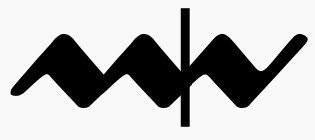
The prall mordent can be interpreted the same as a gruppetto (turn). Wherein you play the following notes quickly:
- Note above the marked note
- Marked note
- Note below the marked note
- Marked note
Mordent With Upper Prefix
The Mordent with Upper Prefix mordent looks very similar to the other mordents with that sideways s-shaped poky wavy shape except it’s a bit longer and it has an upwards tail.

The mordent with upper prefix can be interpreted by playing the notes in the following way:
- Note above marked note
- Trill by repeating the marked note above the marked and the marked note ending on the marked note
You can think of it as a trill where you start on the note above the marked note.
Down Mordent
The down mordent looks very much like the “Mordent with Upper Prefix” except that there is a line through the mordent. Resembling a sideways S shape with a tail going downwards and a line through it.
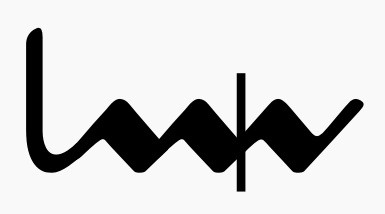
The Down Mordent can be interpreted by playing the notes in the following way:
- Play the note above the marked note
- Trill the marked note and the note above the marked note
- At the end of the duration of the note, play the note below the marked note
- End the mordent on the marked note
Up Mordent
The up mordent looks like the down mordent except the tail is going up, so it looks like a poky S on its side with a tail going upwards with a line through it
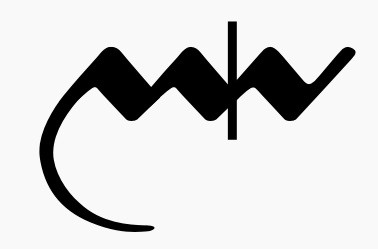
The Up Mordent can be interpreted by playing the notes in the following way:
- Play the note below the marked note
- Trill the marked note and the note above the marked note
- At the end of the duration of the note, play the note below the marked note
- End the mordent on the marked note
No wait! There’s more:
Pralls
Okay, there are a bunch of these so I’ll try and explain them as concisely as possible. However, please remember to not get too hung up on the exact specifications here since there were no standards when many of these symbols were used. So it’s really up to the performer and the music director:

Up Prall
Play the notes in the following order:
- Two diatonic notes below marked note
- Trill between marked note and note above marked note
- End on Marked note

Down Prall (aka line prall)
Play the notes in the following order:
- Two diatonic notes above the marked note
- Trill between marked note and note above marked note
- End on marked note

Prall Up
Play the notes in the following order:
- Trill between marked note and note above marked note
- Just before the end of the note duration play the note above the marked note
- End on the marked note

Prall Down
Play the notes in the following order:
- Trill between marked note and note above marked note
- Just before the end of the note duration play the note below the marked note
- End on the marked note
Trill/Tremblement 𝆖
A trill is when you play the marked note and rapidly alternate between the marked note and the diatonic note above it.

The trill can be marked with the typical tr, but it also can be marked as a poky wavy s-shaped curve. Sometimes the curve is with the tr symbol but sometimes not.

The wavy curve is called the “Tremblement”.

Here is an example of what that sounds like:
In essence, the trill means to alternate between the marked note and the note above it as fast (in whatever is natural and fits the song) as you can. So, if a song is fast-paced, that means the trill would be 32nd notes or even 16th notes, but at a slow tempo it could be 64th notes.
Vibrato
It’s possible that if you see an S-shaped symbol on your sheet music that it could be vibrato, like in this example:

Vibrato means to pitch bend the note up and down evenly, as you hear with vocalists and other breath instruments like clarinets or trumpets. You can bend the pitch fast or slow, you can start the note out with no vibrato and gradually start pitch bending depending on the style of music.
Vibrato notation means that the composer specifically wanted vibrato on a certain note–but often players will add vibrato even if not marked.
Vibrato just helps add variety to the sound. Sometimes a pitch can feel too loud or grating on our ears if it’s sustained too long without changing.
Wavy Glissando
Perhaps you might be looking for the squiggly S-shaped wavy thing that is between notes called a glissando.
A glissando means to transition between two notes by playing the notes in between.
Sometimes the rules for what a symbol of sheet music is really esoteric and doesn’t have a standard interpretation. The wavy glissando is one of these. A generally accepted interpretation is that a wavy glissando as opposed to a straight line glissando means to play the notes individually in between the two notes, while the straight line glissando can be interpreted as a portamento.

If you think of a trumpet, the notes are keyed so you can only (practically) play the notes individually (glissando), while a trombone uses a slide so you can transition smoothly between two notes (portamento)
At this point, just ask your music director in which way they want the glissando interpreted.
Arpeggio
One interesting symbol that resembles that wavy s-shape is the Arpeggio symbol. If you want the player to play arpeggios starting with the marked note as a root, you can use this symbol:

Brace
The last s-shaped symbol I could find is the brace.

The brace is used to connect two different parts together. For example, a piano is designed to play two parts at once, the bass notes and the treble notes. See an example here:

